As the time comes to meet your new baby (or babies, if you're expecting twins or more), you may well have lots of questions about what the labour and birth will be like. Here we answer the most common questions – and remember, you can always ask your midwife anything you want to know.
Ready Steady Baby from NHS Inform is also a great source of information on pregnancy, labour and birth, and can help you prepare for the big day.
Common questions asked about labour and birth
What is a birth preference document and how do I make one?
Your midwife will ask you if you’d like to have a birth preference document. This is a written note or plan of what you’d like to happen once you’ve gone into labour. Your midwife can talk you through your options and help you decide what’s right for you.
They'll also give you a copy of the Ready Steady Baby book. This is your guide to pregnancy, labour and birth and early parenthood up to 8 weeks and it has lots of information to help you decide what you'd like to do. It’s your body, so don’t be afraid to speak up.
How you have your baby is your choice, and all experiences are different. There’s a lot to consider, like where you will choose to give birth, how you want to do it, and who will be there. Your birth preference document is a helpful guide and a reminder of your choices – but remember, you’re free to change your mind at any point.
You can find out more about birth plans at Ready Steady Baby.
What if I'm expecting twins, triplets or more?
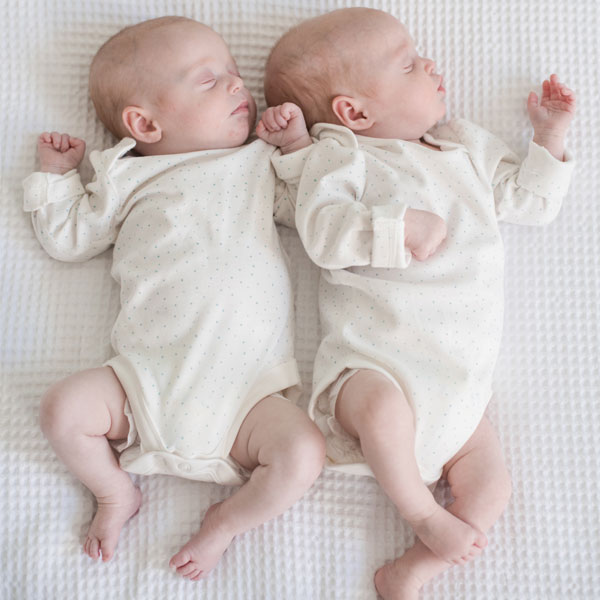
If you're expecting, twins, triplets or more, you'll receive special maternity care, including more appointments and scans at a specialist Twin/Triplet maternity unit. You can find out more about the care you'll receive and birth preferences on the Twins Trust website.
Expecting twins or more can be daunting, but your care team will be with you every step of the way, and there are lots of resources to support you on the Twins Trust website.
Can I decide where I give birth?
Planning where you want to give birth is an important decision. There are several options, including giving birth at home, in a midwifery unit or in a labour suite in hospital. You can talk to your midwife about this any time you like, and they will give you all the information you need to make the right decision for you. You can also change your plans – nothing is set in stone! You can find out more information to help you make this decision on the gov.scot website.
What happens if I change my mind about the birth preference document?
That’s totally fine. You’re the one giving birth, so you can change your mind about how you’re going to do it at any time. It’s your decision and you know what’s best for you. Your birth plan helps to give your midwife and doctor an idea of what you’re thinking, but you can always make changes.
What do I need to do before I go into hospital?
There’s a lot to think about before you go into hospital, so try to plan ahead. This will save you running around looking for things when you go into labour – and knowing everything is ready will help set your mind at rest.
If you're expecting twins, triplets or more, they're more likely to arrive early, so make sure you have everything ready well in advance – the Twins Trust advises you to have everything packed by week 26. You can find more practical tips for preparing for the birth on the Twins Trust website.
Here’s a list of a few things you might want to have to hand, so you’re all set when your baby decides it’s time to make an appearance:
- Phone number for the maternity unit or midwife.
- Phone numbers of your birthing partner.
- Phone numbers for your backup birthing partner, in case you can't get hold of your first choice.
- The Badger app on your phone – your midwife will tell you all about this.
- Your work number, if you’re still working.
- Your birth preference document, if you have one.
- A car seat ready for the baby to come home in. You’ll find everything you need to know about choosing and fitting the right car seat for your child, and using it safely, on the Good Egg Safety website.
- Clothes for your new baby, including a warm outfit for them to come home in.
If you have a kids already, it's a good idea to arrange in advance for someone to look after them.
What should I pack with me?
Here’s a handy checklist of all the things you might need to take with you to hospital:
- A water spray to keep you nice and cool – even a plant spray bottle is ideal for quick spritz!
- A couple of facecloths for cooling your face and skin.
- Music player to help you relax a wee bit during labour.
- Unscented oil or a light body lotion for your birth partner to massage you.
- Something comfortable to sleep in, and a dressing gown and flip-flops or slippers.
- Hairbrush and hair bands or clips.
- Wash bag with toiletries, toothbrush and toothpaste.
- Take your mobile and a charger. You can use your phone to keep in touch, post pictures - and spread the love!
- Drinks and snacks for you and your partner.
Things you may want, following the birth:
- Two nighties, front opening for easy breastfeeding.
- Comfortable day clothes, like a tracksuit, again with a front-opening top for easy breastfeeding.
- Underwear and nursing bras – you may find disposable pants useful for the first few days.
- Maternity pads or night-time sanitary pads – you'll find a pack in your Baby Box.
- Breast pads – you'll find a pack in your Baby Box.
- Tissues.
- Unscented toiletries and cosmetics.
- Vests and sleep suits for the baby – you'll find these in your Baby Box.
- Newborn nappies at the ready.
How do I know I'm in labour?
Knowing what may happen during labour will help you feel prepared. You'll be offered antenatal classes during your pregnancy. These classes are a great opportunity to find out more about labour and birth and help you prepare to become a parent. They're also a good way to meet other parents in the some situation. You can find out more on the Ready Steady Baby website.
Labour is different for every woman – and often for every baby a mum might have. You're likely to recognise the signs of labour when the time comes, but if you're in any doubt, don't hesitate to contact your midwife or maternity unit.
The main signs of labour starting are strong, regular contractions and may include a ‘show’. A show is when the plug of mucus from your cervix comes away. Other signs that labour is beginning include your waters breaking, backache, and an urge to go to the toilet - which is caused by your baby's head pressing on your bowel.
You can find out more about going into labour on the Ready Steady Baby website.
What happens during labour?
Health professionals describe labour and birth as being in three stages. Knowing what is likely to happen during each stage will help you plan and prepare for your baby's arrival – something you may feel both excited and nervous about at the same time.
Talking to your midwife and going to antenatal classes are great ways of learning more about labour, so you know what to expect.
Discovering ways to keep yourself as calm and relaxed as possible at each stage will help you have the best experience.
You can find out more about the three stages of labour on the Ready Steady Baby website.
How can I stay comfortable and calm during labour?
Understanding what’s most likely to make you more comfortable and how you can keep as calm as possible is key. There are lots of different techniques you can try, like:
- music
- having the right person with you
- being in a relaxing environment
- drinking enough water
- deep breathing exercises
- moving between different positions
- pain relief.
You can explore different techniques for a more comfortable labour on the Ready Steady Baby website.
As a parent to be / birthing partner, how can I help my partner during labour?
Partners play an important role in pregnancy and birth. Here are some great links to help you feel prepared and ready to welcome your new baby into the world. Here's a handy guide to helping your partner through labour.
More information
For more information on going into labour and giving birth, speak to your midwife. There’s also a lot of useful information at Ready Steady Baby.
 Activities & Play
Activities & Play Behaviour
Behaviour Childcare
Childcare Development & Growing Up
Development & Growing Up Family, Friends & Relationships
Family, Friends & Relationships Feeding Your Baby
Feeding Your Baby Food & Eating
Food & Eating Health & Safety
Health & Safety Mental Health & Wellbeing
Mental Health & Wellbeing Money & Work
Money & Work Online Behaviour & Safety
Online Behaviour & Safety Pregnancy & First Days
Pregnancy & First Days School & Education
School & Education Sleep
Sleep

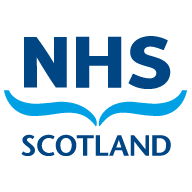
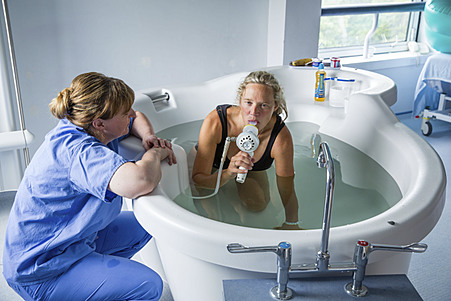
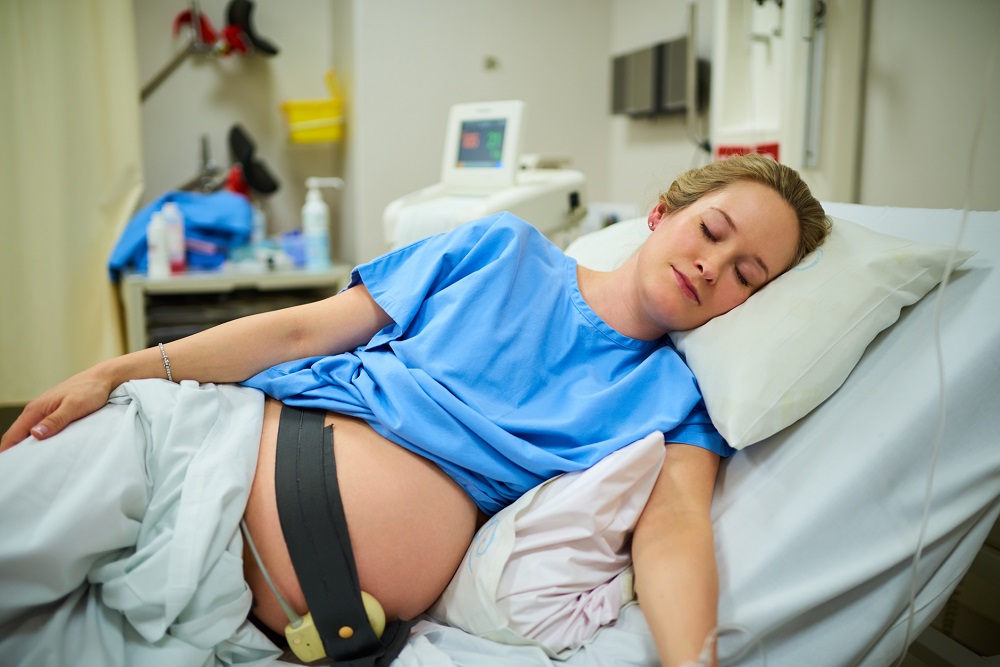

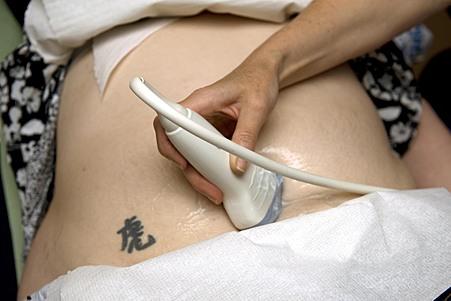
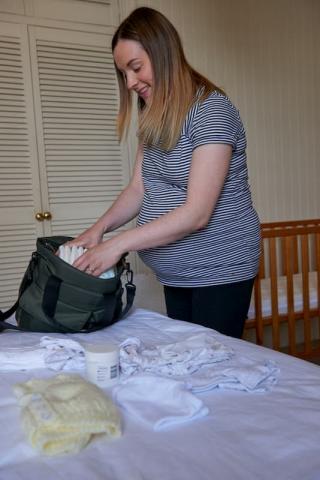
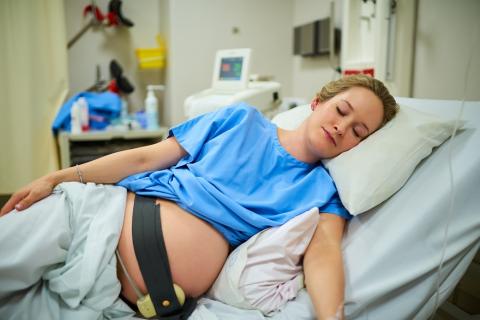
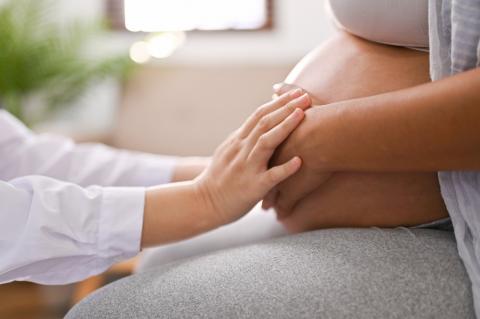
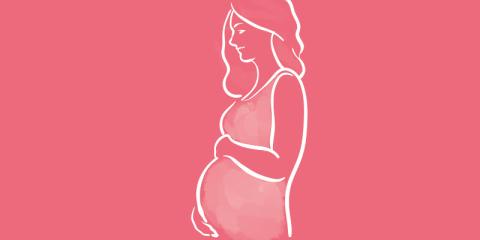
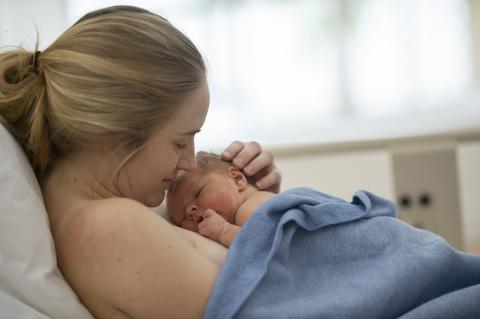
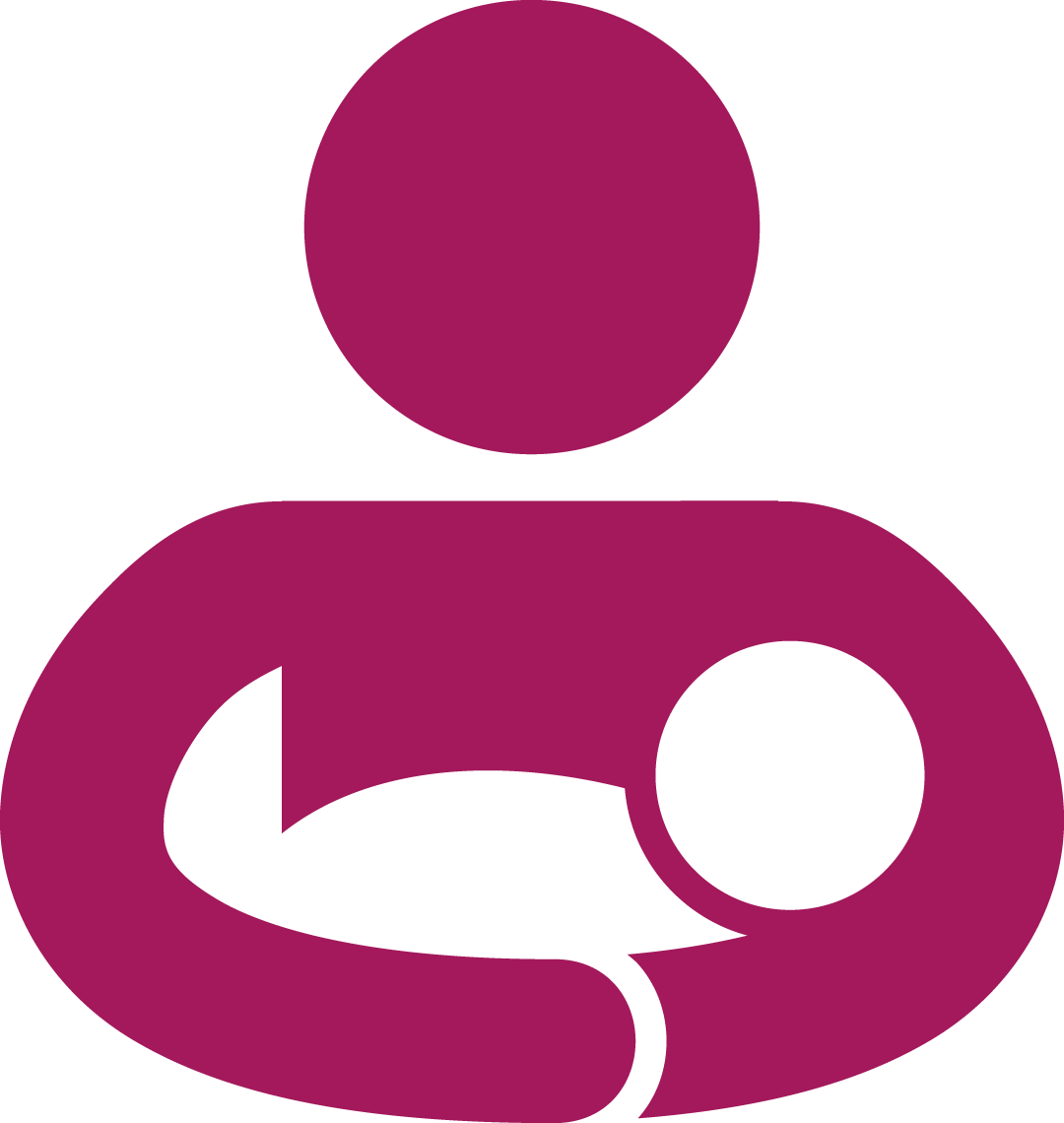 Feeding Your Baby
Feeding Your Baby
 Sleep
Sleep